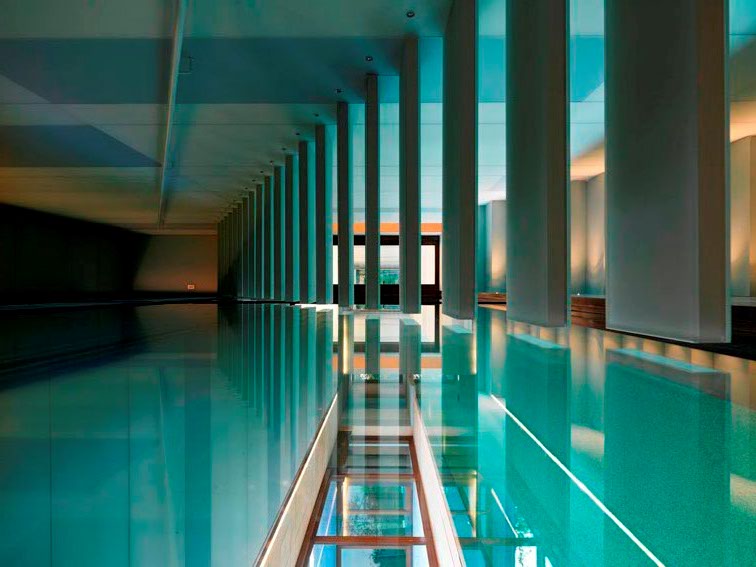
Openhouse: does it work in Italy?
Open House: an Effective Strategy to Showcase Your Property
An Open House is a promotional event during which a property is made accessible to the public for group visits, without the need for individual appointments. It serves as an effective tool to attract a larger number of potential buyers in a single day, giving them the opportunity to freely explore the property, assess its structural features, and appreciate its living potential.
For the agency, it represents a strategic opportunity to increase the property’s visibility, create a sense of urgency, and encourage quicker purchasing decisions.
What is a house for italian?
Talking about a house that can evoke emotions and captivate from the very first moment means exploring a theme that goes beyond simple aesthetics.
In fact, the dream house is not just a collection of walls and furniture; it’s a place that can transmit feelings, serenity, and possibilities.
It becomes a true refuge of emotions for anyone who visits.
But what qualities must this special home have?
First of all, it’s not enough for it to be visually appealing. It’s essential that it communicates a sense of warmth and familiarity.
The house should make visitors imagine a future life there—living in a way that aligns with their desires and dreams. Moreover, it’s important that visitors feel immediately at ease, as if they are already at home, rather than just strangers looking at a property.
Just to say a house represents much more than just a building. It’s a space of life. Memories, and emotions. It’s a living environment where we feel we belong—a safe haven that provides stability. It’s an intimate space of the soul, where the roots of our identity grow deep.
In the United States, this philosophy translates into open house days. In these events your home is open to the public for free, unpressured visits. This practice is widely appreciated because it allows potential buyers to perceive the atmosphere and imagine themselves already living in that space.
So, the question is: are we ready to open our homes by participating in an open house?
However, applying this approach in Italy presents some challenges. Personally, I believe that our country is not yet prepared for this method. Even if a house is for sale, it remains a very private and personal space. Entering someone’s private sphere—even just for a visit—can feel invasive and create a sense of vulnerability.
For example, I’ve accompanied foreign clients into homes that are still occupied. Interestingly, they would open drawers and closets naturally, browsing as if it were their own home. This experience makes us reflect: perhaps we still need to rethink the concept of selling. Instead of treating the house as a mere commercial object, we should see it as a place full of emotions and life.
One innovative example that might better suit our culture is the project by Lucia Lombardo, called “Le case di Lucy” (Lucy’s Houses).
This initiative aims to bring the open house concept into the Italian context by combining art and marketing. The goal is to transform real estate sales into experiences filled with encounters, emotions, and storytelling. Inspired by international models, Lucia wanted to introduce this idea to Italy, creating a format that allows people to see the house not just as a property to buy but as a place to discover and share.
Conclusion
If we have to say: the dream house is not only about its appearance or structural features. Instead, it’s rooted in the emotions and sensations it awakens. A home that helps us imagine a future of serenity and possibilities truly holds its value. With initiatives like Lucia Lombardo’s, we are opening the door to a more human and engaging approach in the real estate sector. This approach can make visits more authentic and meaningful, bringing us closer to the true essence of the ideal home.
Openhouse: does it work in Italy?What do you think? Write us
